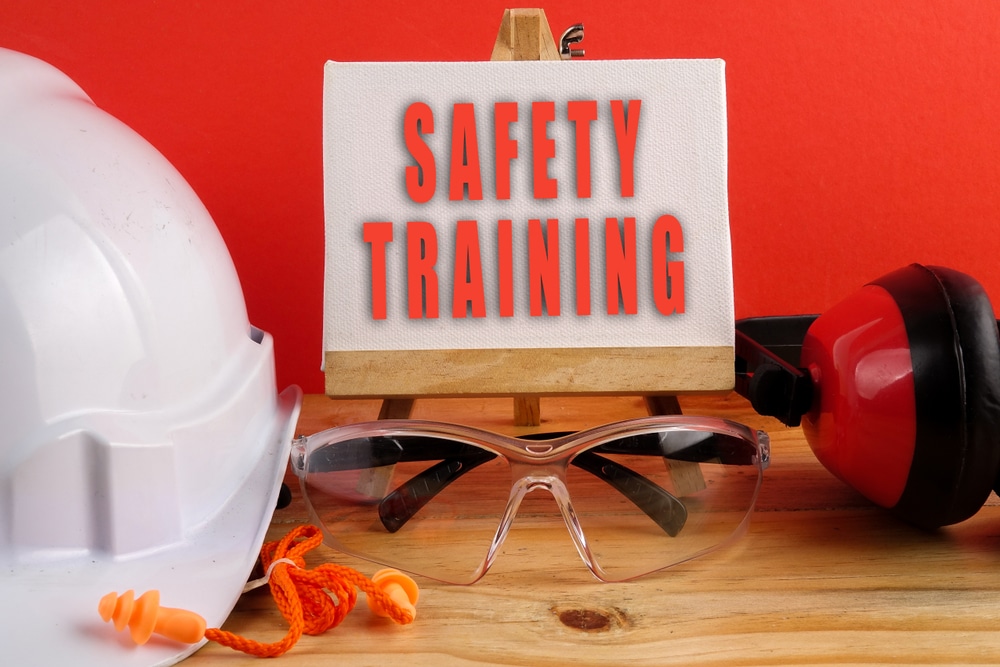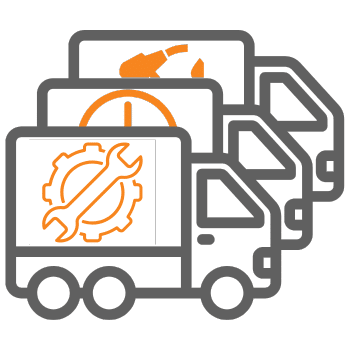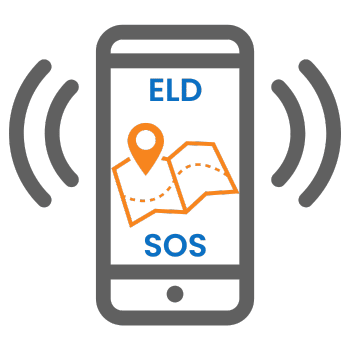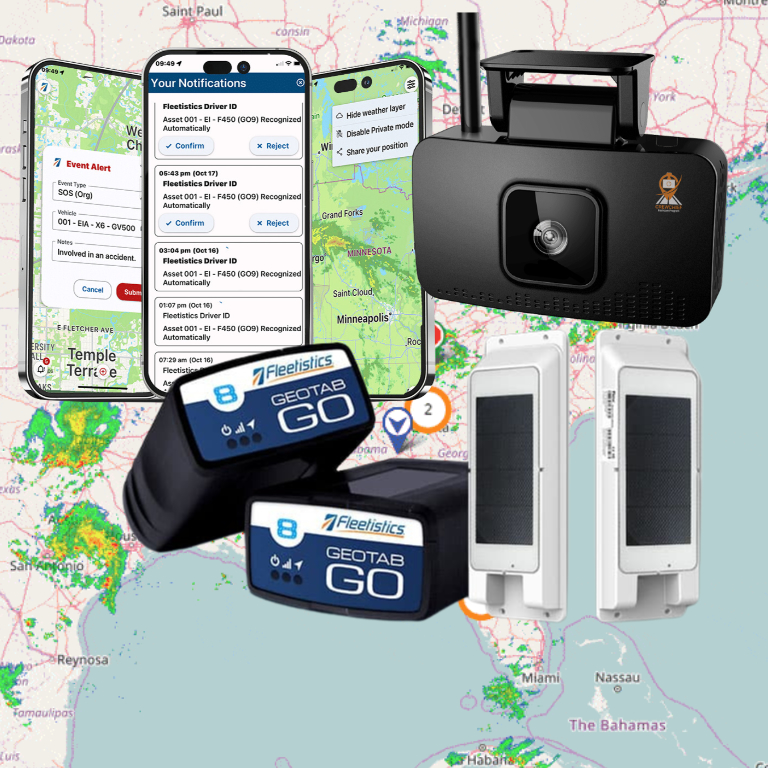Free Driver
Training Course
Do It For The Team
Staying ahead of the competition means not just investing in the latest technology for your business but also prioritizing the human element—your drivers.
Regular driver meetings are a key component of this strategy. They offer a platform to improve communication, enhance driver training, and implement best practices effectively, but coming up with fresh and engaging ideas for driver meetings is often a challenge for managers.
For just that reason, Fleetistics has assembled a new library of free driver meeting outlines to keep relevant content ideas at your fingertips. These will enhance your driver meetings and hopefully make them a little more interesting.
Enhancing Communication and Team Cohesion
Enhancing Communication and Team Cohesion
Regular driver meetings create a consistent communication channel between management and drivers. This open line of communication fosters a sense of belonging and teamwork among drivers. When drivers feel heard, they are more likely to be engaged and motivated, leading to higher job satisfaction and reduced turnover rates.
Improving Feedback Mechanisms
Feedback is a two-way street. Just as managers need to provide constructive feedback to drivers, it is equally important for drivers to share their insights and concerns. Regular meetings allow for this exchange, helping management to make informed decisions that align with both business goals and employee needs.
Building a Strong Company Culture
A strong company culture is built on shared values and goals. Meetings serve as a forum to reinforce company values, discuss achievements, and address challenges. This not only strengthens the company’s culture but also aligns everyone towards common objectives, enhancing overall productivity.

Implementing Meeting Best Practices
Implementing Meeting Best Practices
To make the most out of regular driver meetings, it’s important to follow some best practices. These include setting clear agendas, sticking to scheduled times, and ensuring participation from all relevant parties.
Setting Clear Objectives
Each meeting should have a clear purpose. Whether it’s discussing new safety protocols, reviewing performance metrics, or planning future routes, having a specific agenda keeps meetings focused and productive. This also helps in evaluating the effectiveness of meetings over time.
Encouraging Active Participation
Encourage drivers to actively participate in meetings. This can be achieved by creating an inclusive environment where everyone feels comfortable sharing their thoughts. A challenge and a prize related to each meeting topic may encourage participation via friendly competition among the team members. Techniques such as round-table discussions or anonymous suggestion boxes can be used to ensure that all voices are heard.
Utilizing Technology for Efficiency
Incorporating technology in meetings can greatly enhance their effectiveness. Tools like virtual conferencing software and digital presentations to keep the group on task make meetings convenient and provide a roadmap for the discussion.
Focusing on Driver Training and Safety

Regular driver meetings are an excellent opportunity to focus on driver training and safety. These sessions can cover a wide range of topics, from defensive driving techniques to the latest updates in telematics technology. Ongoing training is crucial in keeping drivers updated on new regulations and technologies. Regular meetings can be used to conduct workshops or training sessions, ensuring that all drivers are equipped with the necessary skills and knowledge to perform their duties safely and efficiently.
Promoting Safety Awareness
Safety should always be a top priority in fleet management. Use meetings to review safety protocols, discuss recent incidents, and share best practices. This not only reinforces the importance of safety but also helps in identifying potential risks and mitigating them proactively.
Maximizing Return on Investment with Telematics
Maximizing Return on Investment with Telematics
The integration of telematics systems in fleet management offers numerous benefits, including improved efficiency and cost savings. Regular driver meetings can help maximize these benefits by ensuring that drivers are fully aware of how to use these systems effectively.
Telematics systems provide valuable data on driver behavior, vehicle performance, and route efficiency. Regular meetings are an ideal platform to discuss this data, identify trends, and implement strategies for improvement. This data-driven approach can lead to significant cost savings and enhanced operational efficiency.
Encouraging Compliance and Accountability
By regularly discussing the insights provided by telematics systems, businesses can promote a culture of compliance and accountability. Drivers are more likely to adhere to company policies and take responsibility for their actions when they understand the impact of their behavior on overall fleet performance.
Encouraging Active Participation
Encourage drivers to actively participate in meetings. This can be achieved by creating an inclusive environment where everyone feels comfortable sharing their thoughts. A challenge and a prize related to each meeting topic may encourage participation via friendly competition among the team members. Techniques such as round-table discussions or anonymous suggestion boxes can be used to ensure that all voices are heard.
Real-World Examples of Success
Many businesses have successfully implemented regular driver meetings as part of their fleet management strategy. For instance, a logistics company reported a 15% reduction in fuel costs and a 20% decrease in accident rates after introducing monthly driver meetings focused on safety and efficiency.
Another company in the delivery sector saw a marked improvement in customer satisfaction by using regular meetings to address delivery challenges and optimize routes based on driver feedback and telematics data.
Conclusion:
Regular driver meetings are an essential component of effective fleet management. They enhance communication, improve driver training, and help implement best practices, ultimately leading to increased efficiency and cost savings. By investing time in these meetings, businesses can foster a strong company culture, promote safety, and maximize the benefits of telematics technology.
Incorporating these meetings into your business strategy not only supports your drivers but also contributes to the overall success and growth of your company. As we’ve seen, the return on investment from regular driver meetings can be significant, making them a valuable tool for any business managing a fleet of vehicles.
How to get a quick start on your regular driver meeting plans
Complete the form below to receive full library access. Then…
1. Visit our driver meeting library using the link that was emailed to you.
2. Download and review the Leaders Guide to get familiar with the format and some tips on how to use the brief presentations.
3. Pull the data relevant to the training outline from your telematics system.
4. Prepare a reward to reinforce the driving behaviors you want and generate competition.
5. Schedule a date & time with your team.
6. Prepare and share the training material and begin the discussion.
7. At the end of the meeting, you can issue the suggested challenge (or come up with one of your own) and announce the prize.
That’s all there is to it, but keep in mind…
• It’s a good idea to set a reoccurring date/time for your meetings. If that does not work for your team, just schedule the next meeting at the end of this one.
• The last 3 slides in each deck contain links to related topics you may want to bring into the discussion, tips on how to reach us, and a link back to the library to download your next meeting agenda.










